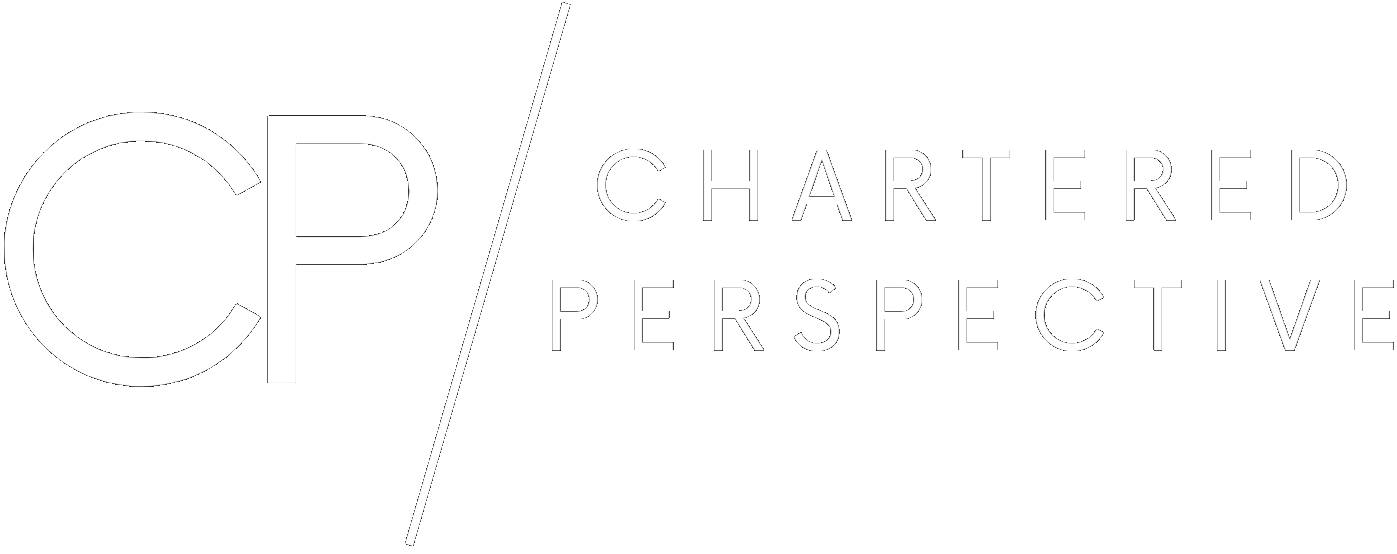PERT Level 2: Examples vs. Coaching
If you’re struggling to obtain the necessary Level 2 competencies in order to meet CPA Canada’s practical experience requirements, you’re not alone. Many CPA candidates find meeting PERT requirements to be more challenging than passing the exams due to challenges such as the lack of clarity surrounding the reporting requirements, the frequency of the reports, finding a CPA mentor, and even the relatively tight timeline over which practical experience must be achieved. Due to this, there are a handful of helpful resources candidates can leverage in order to ensure they meet the required competencies on time.
Author’s Note: This article is written specifically for Level 2 proficencies in mind because we do not believe coaching is required for Levels 0-1.
Live Coaching
There are several Canadian CPAs who offer live 1 on 1 coaching with the the candidate. The coach will speak with the candidate directly at an agreed upon time and collect information such as work history and current job duties. This information will then be used to ask probing questions to the candidate about certain tasks or experience that they may have that were not explicitly mentioned - given that the coach knows what the CPA body wants to see in the submitted experience reports, they can help guide the candidate towards thinking about certain things that the candidate would not have realized was relevant by themselves.
Key advantages of having a live coach are:
A personalized experience: The coach is able to understand the candidates specific circumstances and help position them for success when it comes to writing their PERT reports.
Two-way communication: If the candidate does not understand something, requires clarification of certain topics, or wants the coach’s opinion, they are able to obtain this information in real-time.
Report reviews: The coach may offer to review the candidates report ahead of submission for maximum chance at success.
On the other hand, disadvantages include:
Cost: Live coaching is very expensive and can easily cost $1,000+ for a short session. As pointed out in the CPA Salary Blog Post, the median CPA salary is well north of $100K per year, meaning the time of a Canadian CPA is expensive. Further, it takes a substantial amount of time to develop a strong understanding of a candidate’s profile, experience, and job responsibilities, let alone mapping these things to the CPA competencies and recommending a plan of action. Considering the difficulty of submitting a strong PERT report, it is easy to see how quickly the time would add up.
Lack of scheduling flexibility: Given that live coaching requires two people to be available at the same time, candidates may find themselves rushing to meet certain deadlines or being forced to schedule a call at a non-ideal time.
No guarantee: Nobody can guarantee a successful PERT report. There are too many variables at play, therefore the best a candidate can do is give themselves the best chance at success.
Misaligned goals: If candidates are paying by the session or hour, there is an inherent conflict of interest between the service provider and the paying client. The candidate would like to keep the process as short as possible in order to pay as little as possible, whereas the coach would prefer a longer process, given that they are being handsomely compensated for it. Candidates may be upsold or cross-sold without even knowing it.
Examples and Report Templates
PERT report examples, such as the ones found in the Chartered Perspective Store, show CPA candidates an example of a successful PERT report as reviewed by the relevant CPA provincial body. The CPA candidate continues to be responsible for understanding their own roles and duties, and how they map to the CPA practical experience reporting guidelines and competencies.
Advantages of using an example report or template, such as those found in our store, are:
Cost: Using a guide such as the one in our store is a simple one-time cost. There are no “complications” that may occur that would increase the cost after initial sign-up; there are no surprises.
Real reports: The reports are real-life examples of approved CPA-reviewed reports. Candidates can see exactly what type of reports met CPA standards and why.
No time pressure: There is no deadline (other than those set by the CPA bodies themselves). If something comes up that forces you to pause your report writing, it’s not a problem. There is no scheduling or rescheduling to be done. Work at your own pace, and take your time.
Unique disadvantages versus a live coach are primarily as follows:
No personalization: Candidates must map their own experience to the CPA guidelines and use the example reports as a crutch and general guide. This is mitigated by the fact that the guide still highlights and explains the importance of mentioning certain things as well as the rationale behind them, enabling the candidate to close the gaps themselves.
The Verdict: What Should Candidates Do?
Our recommendation: do both (in sequence).
Candidates who are willing to spend potentially thousands of dollars for a helping push across the PERT finish line should start with a PERT report guide, and if not satisfied, graduate to the personalized coaching with the knowledge gained from the guide already in-hand. The rationale for this is quite simple:
If a candidate is willing to spend the money for personalized coaching, the cost of the guide is fairly immaterial versus the overall investment.
The guide is a flat rate, the coach is not. Candidates can eliminate a large portion of the cost of the coaching by reducing the amount of time spent with the coach. Reading through and understanding the PERT guide prior to speaking to a coach is almost certain to pay for itself given the coach does not have to spend their (expensive) time explaining the concepts already covered in the guide.






